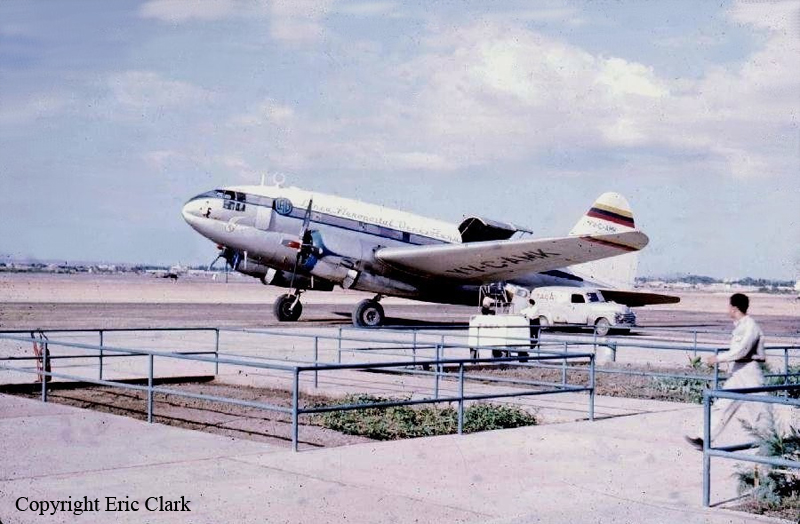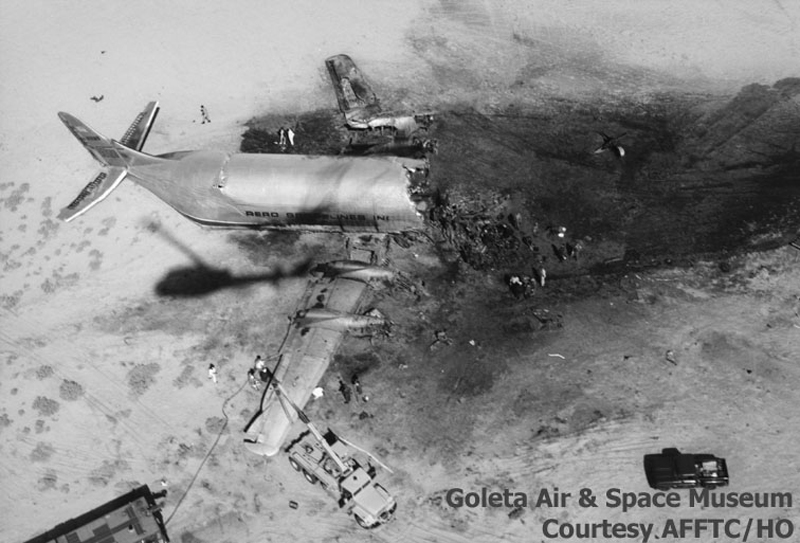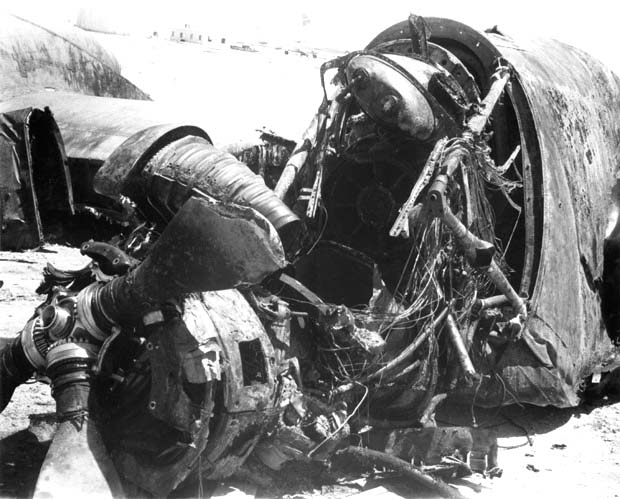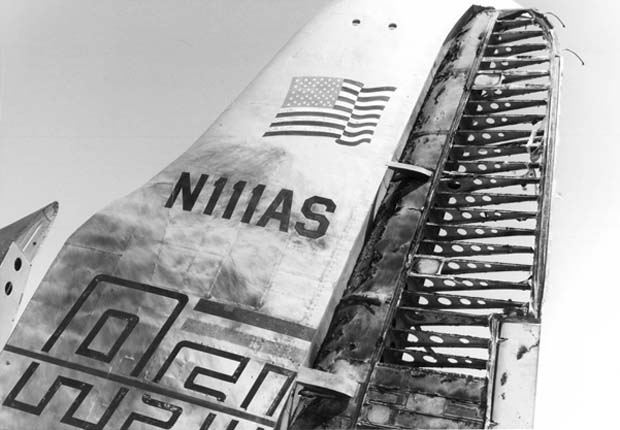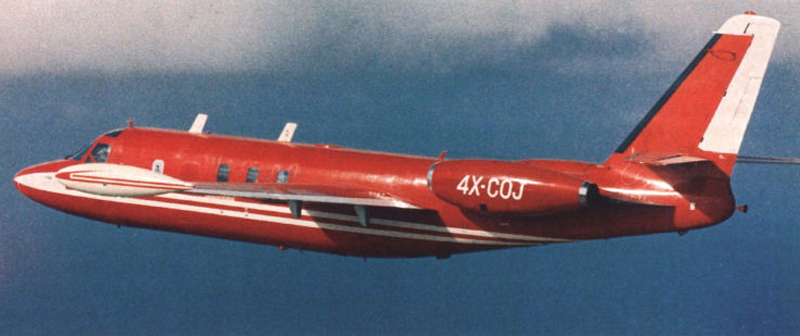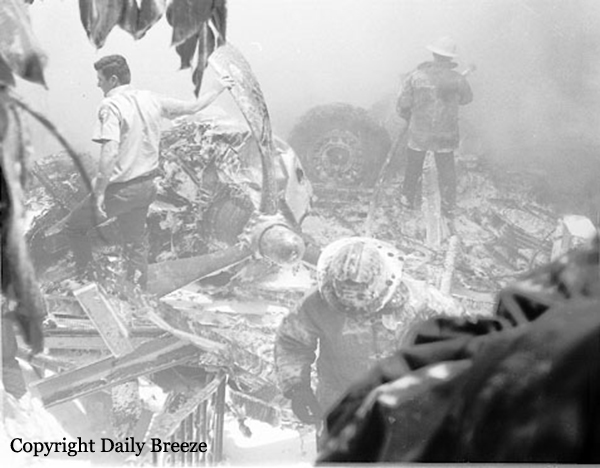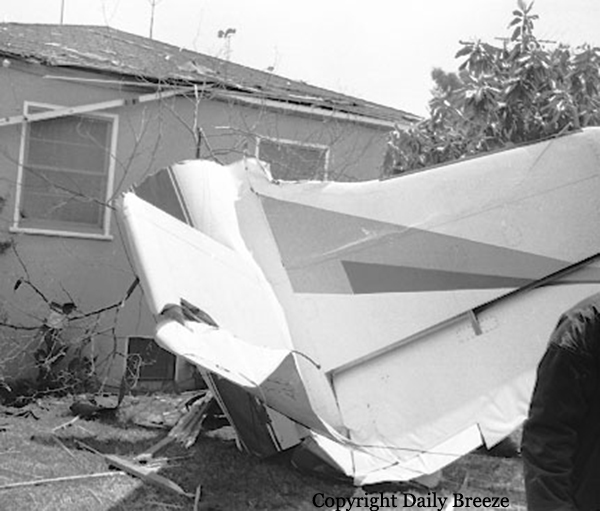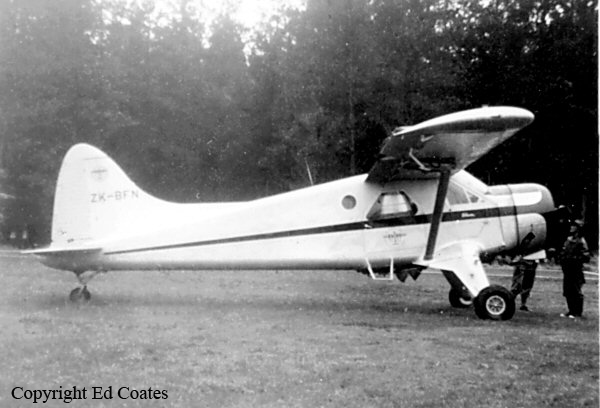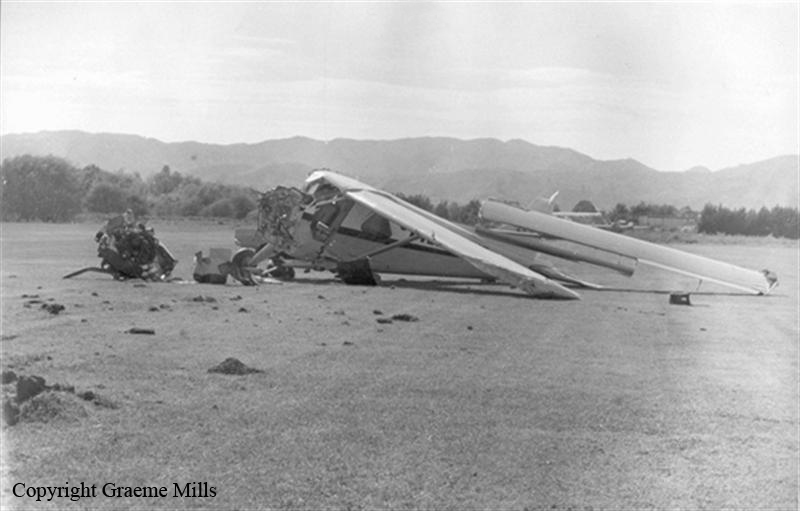Crash of a Curtiss C-46A-55-CK Commando off Puntarenas: 7 killed
Date & Time:
May 22, 1970 at 1120 LT
Registration:
YV-C-AMK
Survivors:
No
Schedule:
San José - San José
MSN:
254
YOM:
1945
Crew on board:
3
Crew fatalities:
Pax on board:
4
Pax fatalities:
Other fatalities:
Total fatalities:
7
Circumstances:
The crew (four technicians and three pilots) departed San José-Juan Santamaría Airport in the morning on a post maintenance test flight. En route, in unknown circumstances, the airplane went out of control and crashed into the gulf of Nicoya off Puntarenas. The wreckage was found 1,2 km east of San Lucas Island. All seven occupants were killed.
